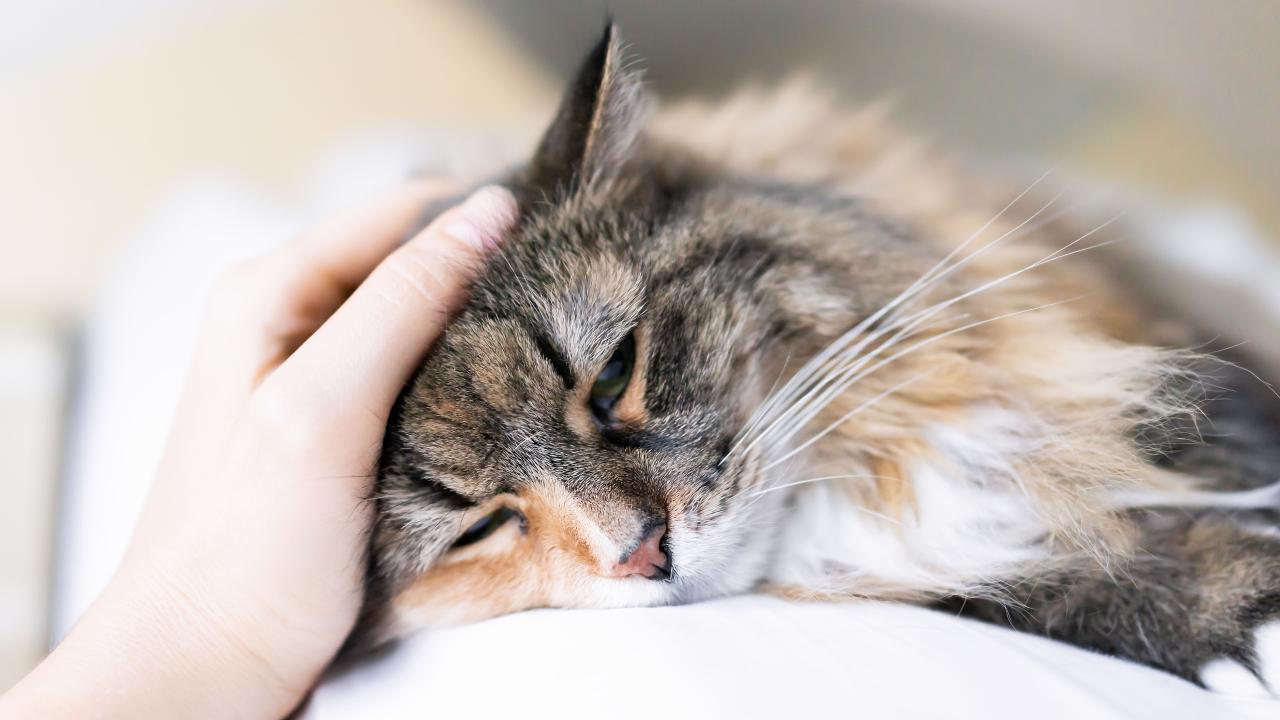
The Therapeutic Benefits of Petting a Cat
In the realm of human-animal interactions, the bond between humans and cats holds a unique and profound place. For centuries, cats have captivated us with their enigmatic nature, captivating eyes, and affectionate purrs. Beyond their companionship, scientific research has unveiled a myriad of therapeutic benefits associated with petting a cat.
Physiological Benefits
Petting a cat can elicit a cascade of physiological responses that promote physical well-being. Studies have shown that:
-
Reduces Blood Pressure: The calming effect of petting a cat can lower blood pressure, particularly in individuals with hypertension. The gentle strokes and rhythmic purring create a sense of relaxation, reducing stress hormones and promoting cardiovascular health.
-
Lowers Stress Levels: Interacting with a cat has been found to decrease levels of the stress hormone cortisol. The act of petting stimulates the release of endorphins, "feel-good" hormones that combat stress and promote a sense of tranquility.
-
Improves Mood: Cats can uplift our spirits and alleviate feelings of sadness or depression. Their playful antics and affectionate nature provide a distraction from negative thoughts and create a sense of joy and companionship.
Psychological Benefits
Petting a cat extends beyond physiological benefits, enriching our psychological well-being. These include:
-
Reduces Anxiety: The presence of a cat can provide comfort and security, particularly for individuals with anxiety or fear. Interacting with a cat can help regulate emotions, reduce feelings of loneliness, and enhance self-esteem.
-
Improves Cognitive Function: Studies have shown that interacting with cats can improve cognitive function in older adults. Petting a cat can stimulate memory, increase alertness, and help reduce age-related cognitive decline.
-
Enhances Socialization: Cats can facilitate socialization, especially for shy or introverted individuals. Caring for and petting a cat provides a sense of purpose and responsibility, nurturing social skills and fostering a connection with others.
The Power of Purring
One of the most fascinating and therapeutic aspects of cats is their purring. When a cat purrs, it emits vibrations at a frequency between 20 and 140 Hz. Research has revealed that these vibrations possess therapeutic properties:
-
Promotes Bone Growth: Studies have shown that the vibrations produced by purring can stimulate bone growth, potentially aiding in fracture healing and preventing osteoporosis.
-
Reduces Inflammation: Purring has been found to reduce inflammation in the body, which is associated with a wide range of health conditions, including arthritis and chronic pain.
-
Improves Sleep: Purring can create a calming and relaxing environment, promoting restful sleep and reducing insomnia.
How to Pet a Cat for Maximum Benefits
To maximize the therapeutic benefits of petting a cat, consider the following tips:
-
Respect the Cat’s Boundaries: Always approach a cat calmly and let it come to you. Avoid petting a cat if it shows signs of discomfort or fear.
-
Pet in the Right Spots: Cats generally prefer to be petted on the head, neck, back, and base of the tail. Avoid petting the belly or paws, as these areas can be sensitive.
-
Use Gentle Strokes: Pet a cat with soft, gentle strokes. Avoid using excessive pressure or pulling on its fur.
-
Spend Quality Time: Set aside dedicated time each day to pet your cat and give it undivided attention. This strengthens your bond with the cat and enhances the therapeutic effects.
FAQ
Q: Can I pet any cat for therapeutic benefits?
A: While most cats can provide therapeutic benefits, it’s important to consider the cat’s personality and comfort level. Cats with a gentle and affectionate nature are more likely to enjoy being petted.
Q: Do I have to own a cat to enjoy the therapeutic benefits of petting?
A: No, you don’t need to own a cat to experience the benefits of petting. Many animal shelters, cat cafes, and pet adoption centers allow visitors to interact with cats for therapeutic purposes.
Q: Is it okay to pet a cat if I have allergies?
A: If you have mild allergies, you may still be able to pet a cat for short periods. However, if you have severe allergies, it’s best to avoid direct contact with cats.
Q: What if my cat doesn’t like to be petted?
A: Respect your cat’s boundaries. Some cats simply don’t enjoy being petted, and it’s important to be mindful of their preferences.
Q: How long should I pet a cat for?
A: The optimal duration depends on the cat’s comfort level. Start with short petting sessions and adjust the time based on how the cat responds.
Conclusion
Petting a cat is a multifaceted experience that offers a wealth of therapeutic benefits. From reducing stress and improving mood to enhancing cognitive function and promoting physical well-being, interacting with cats can enrich our lives in profound ways. By understanding how to pet a cat effectively and respecting their boundaries, we can harness the power of their companionship and enjoy the healing benefits of their gentle touch.






